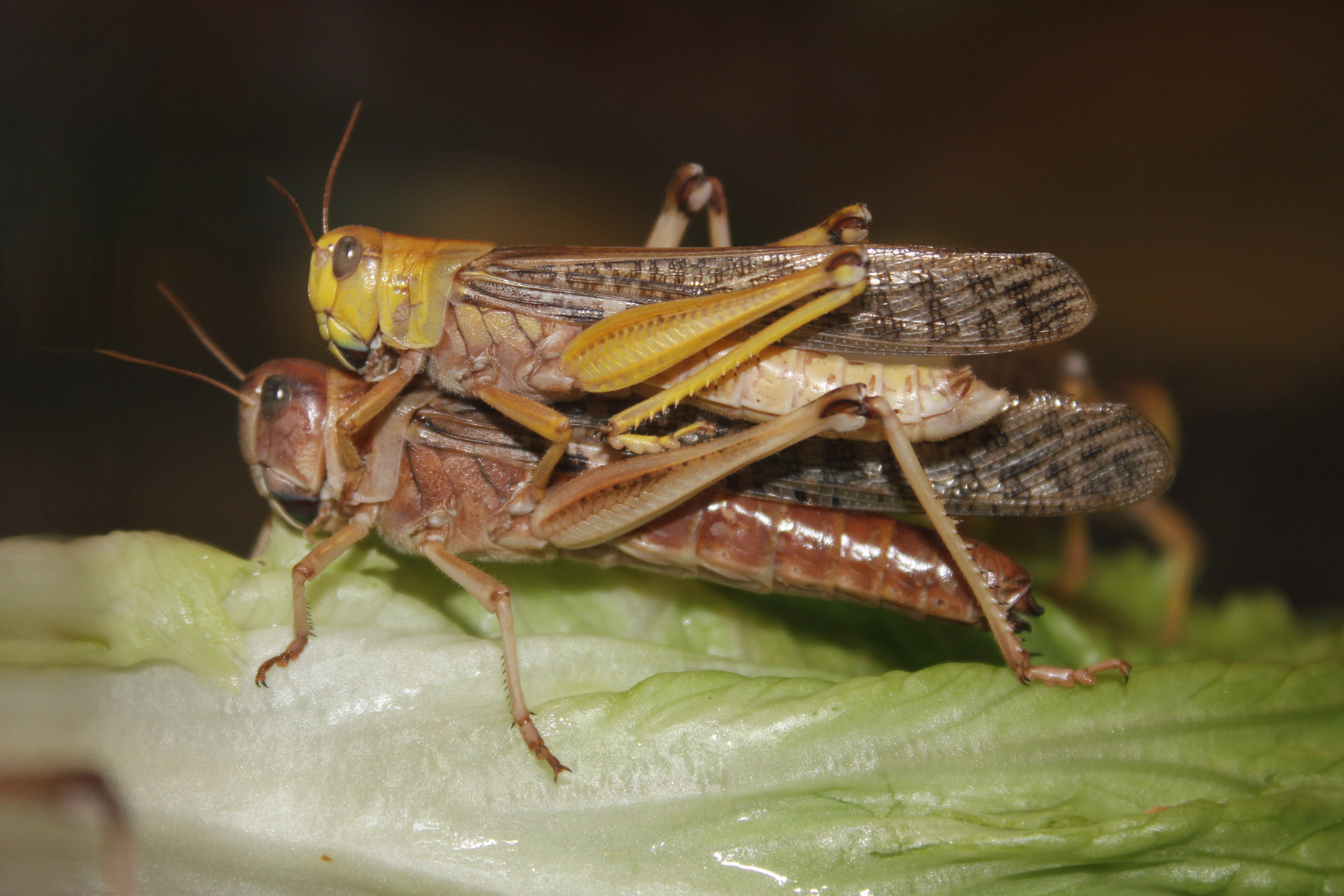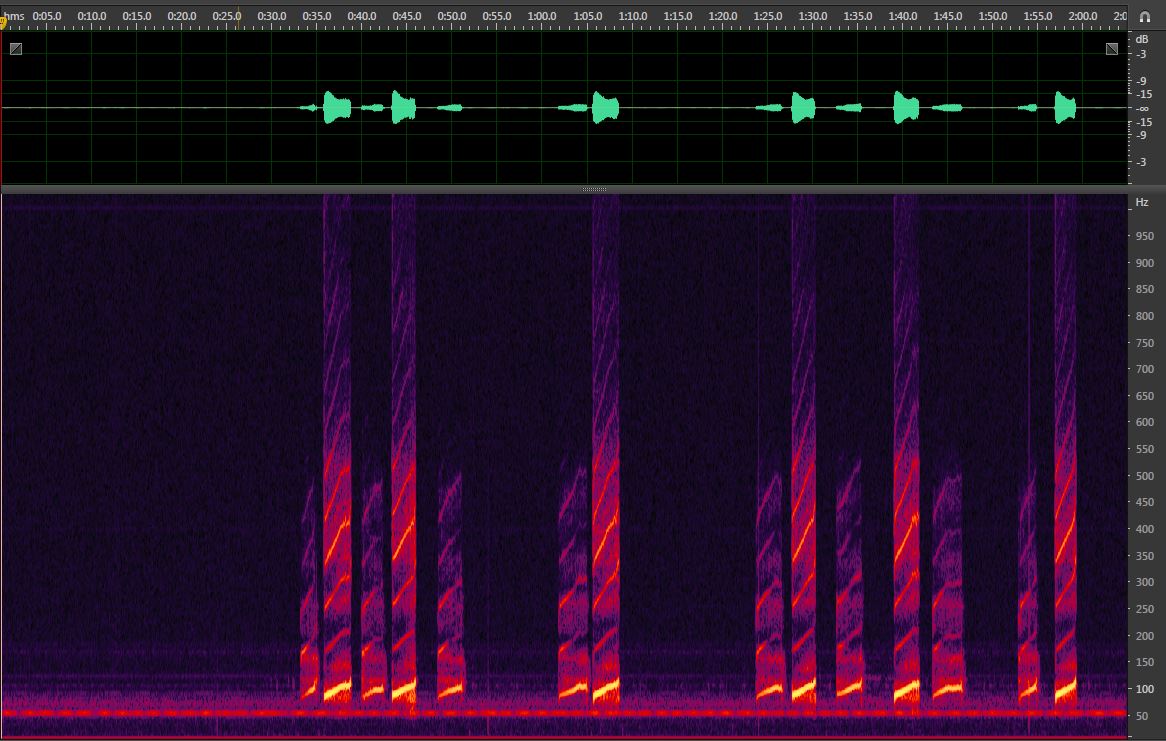Animal Communication
Animal Communication occurs in a number of situations including finding a mate, alerting about predators, or parental care. In most cases animal communication involves a sender transmitting a message to a receiver who gives some form of a response back. The message may be in a single modality or across several modalities—multimodal. I focus on animal sound and vibration. These modalities are widespread within arthropod communication. For example, I have explored the use of vibrational and visual cues that male wolf spiders, Schizocosa ocreata, use during courtship (Gordon and Uetz 2011, 2012). The combination of these modalities enhances their success rate compared to either one alone (Uetz, Roberts, Clark, Gibson, Gordon 2013).
Understanding the basic communication patterns of animals is a first step to being able to ask more in depth questions. We have researched this with the glassy-winged sharpshooter–a grapevine pest. We found significant differences in their calls based on when they are calling–presumable phase 1 identifying each other and phase 2 courtship (Nieri, Mazzoni, Gordon, Krugner 2017). Furthermore, my studies can use female calls as playback and I can have a conversation with the bugs (Gordon et al 2017). Albeit, I am not entirely sure what I am saying, but they directly call back to my artificial calls (figure to the right). We have even found they make calls during sex (Gordon and Krugner 2021, in press)


